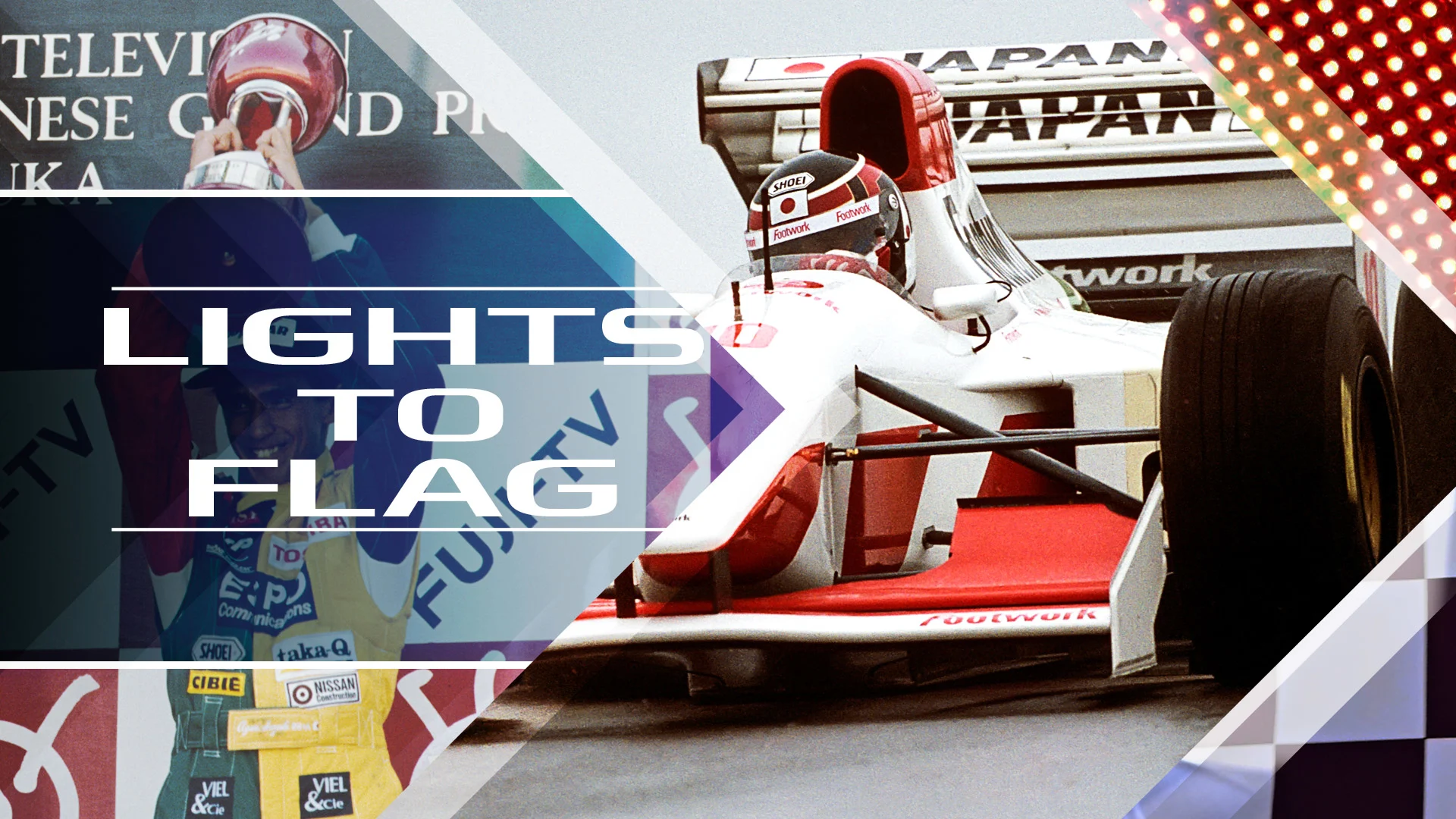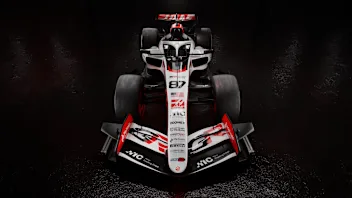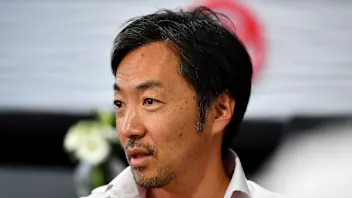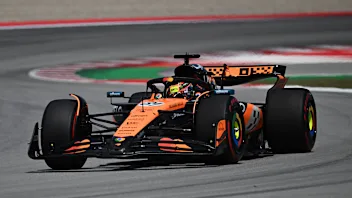LIGHTS TO FLAG: Aguri Suzuki on that Suzuka podium, seat-sharing with Brundle, and running his own F1 team

Aguri Suzuki rubber-stamped his place in Formula 1 history as the first Japanese racer to stand on the podium – doing so at his home race at Suzuka – while he also briefly operated his own team in the mid-2000s. In our latest Lights to Flag we catch up with the amiable Suzuki as he reflects on some of the key moments behind the wheel, and the pressure of running a Formula 1 outfit...
Starting out – and a home debut in F1
Tokyo-born Suzuki caught the motorsport bug as a teenager and climbed the single-seater ladder in his native Japan.
Next Up
Related Articles
 Logan Sargeant confirmed as Ford WEC Hypercar driver
Logan Sargeant confirmed as Ford WEC Hypercar driver Check out every angle of Haas’ livery design for 2026
Check out every angle of Haas’ livery design for 2026 Haas single out big challenge of 2026 car
Haas single out big challenge of 2026 car.webp) Audi reveal their new car for 2026 F1 season
Audi reveal their new car for 2026 F1 season ExplainedWhy pre-season running is different in 2026
ExplainedWhy pre-season running is different in 2026.webp) F1 IconsBrowning on why 'gentleman' Damon Hill is his hero
F1 IconsBrowning on why 'gentleman' Damon Hill is his hero
